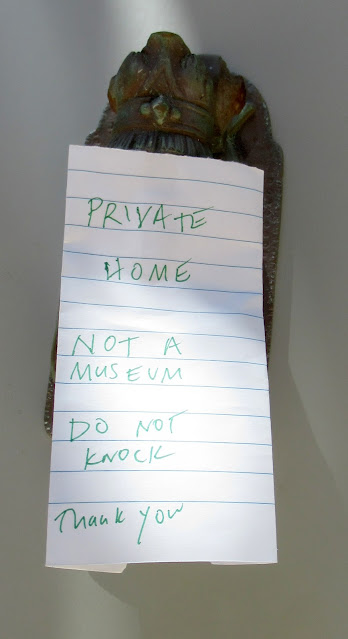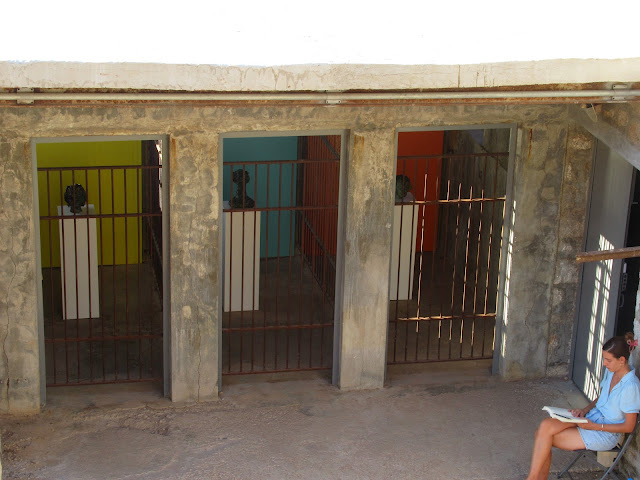We had arrived at the Koundouriotis mansion, the house of a man who is inextricably bound with the island's history.
While it seems tiny and low-key, overachieving Hydra holds a privileged place in Greek history. The fate of Hydriots has always been tied ot the sea, which locals have harnessed to their advantage time after time. Many Hydriot merchants became wealthy running the British blockade of French ports during the Napoleonic wars. Hydra enjoyed its glory days in the late 18th and early 19th centuries, when the island was famous for its shipbuilders. Hydra's prosperity erarned it the nickname 'Little England'.
As rebellion against the Turks swept Greece, the island flourished as a safe haven for those fleeing Ottoman oppression. When the Greeks launched their War of Independence in 1821, Hydra emerged as a leading naval power. The harbor, with its twin forts and plenty of cannon, housed and protected the fleet of 130 ships. Hydriots of note from this period include Andreas Miaoulis who led the 'firebrands' and their deadly 'fireships', which succeded in decimating the Ottoman navy; and Lazaros Kountouriotis, a wealthy shipping magnate who donated his fleet to the cause. This is where he lived, also donated to the island, a museum now.
You get spectacular views of the whole town here - not only of the port
If you want a tour of the inside of the museum go here
The street is so narrow it's impossible to take a proper shot of the house,
just snapshots of bits of it
To continue with the story of Hydra. Greece won its independence, but at a great cost to Hydra, which lost many of its merchant-turned-military ships to the fighting... sending the island into a deep economic depression. During those lean post-war years, Hydriots again found salvation in the sea, farming the sponges that lived below the surface (sponge-divers here pioneered the use of diving suits). Gathering sponges kick-started the local economy and kept Hydra afloat.
In 1956, Sophia Loren came here to play an Hydriot sponge-diver in the film Boy on a Dolphin, propelling the little island onto an international stage. And the movie's plot - in which a precious ancient sculpture is at risk of falling into the hands of a greedy art collector instead of being returned to the Greek government - still resonates with today's Greeks, who want to reclaim the Acropolis marbles, stolen by Elgin.
Thanks largely to the film, by the 1960s Hydra had become a favourite retreat for celebrities, rich tourists, artists and writers who still draw inspiration from the idyllic surrounding. Leonard Cohen lived here for a time and wrote several of his better-known early songs on Hydra, including Bird on the Wire, So Long, Marianne, while living with Marianne Ihlen.





















































